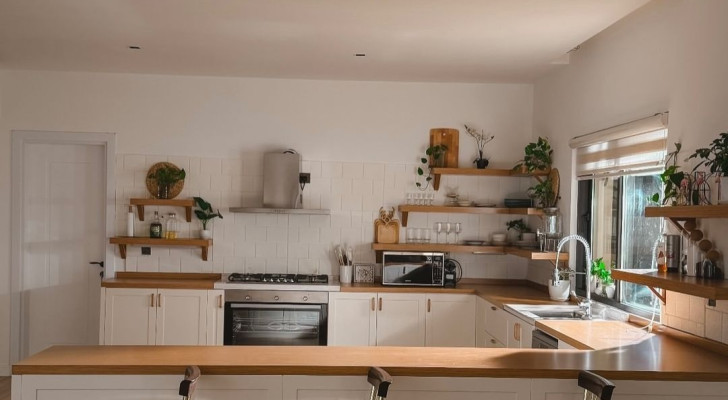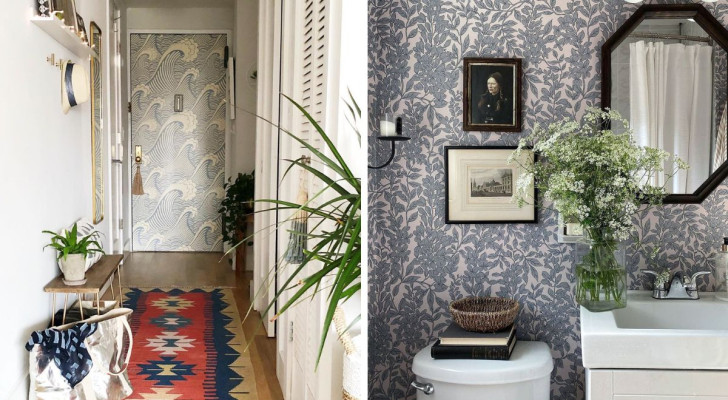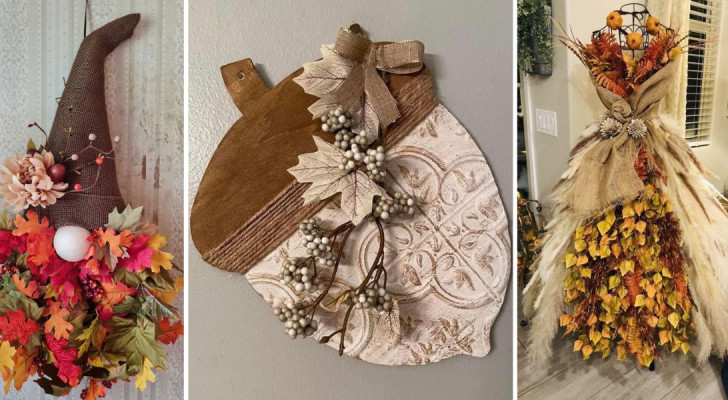Discovering Moon Gardens: the magic of a garden that can be enjoyed in the moonlight
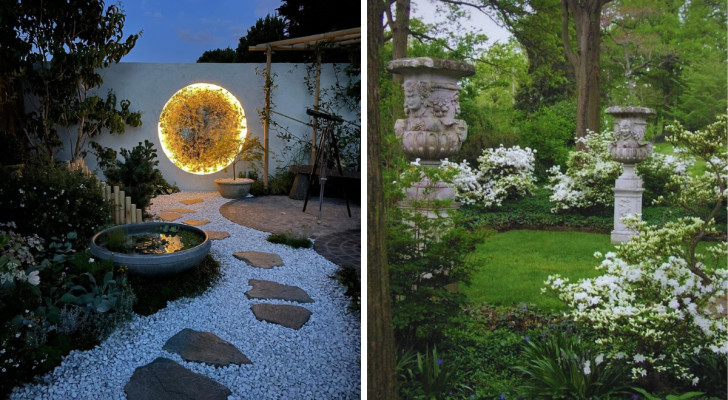
Imagine having a garden that comes to life at nighttime, in the moonlight: this is the magic of the so-called Moon Gardens. During the day, these moon gardens look like any other garden. But when darkness descends, a moon garden can be a breath-taking thing to behold! Let's find out more:
What is a Moon Garden?

A moon garden is full of plants with white flowers (preferably fragrant), and/or have light-colored foliage. The garden also includes landscaping elements and furnishings which reflect the light of the moon. And the magic of a moon garden is enhanced if there sounds of rustling grass, crunching gravel or the trickling of a water fountain.
1. Where to set up a Moon Garden
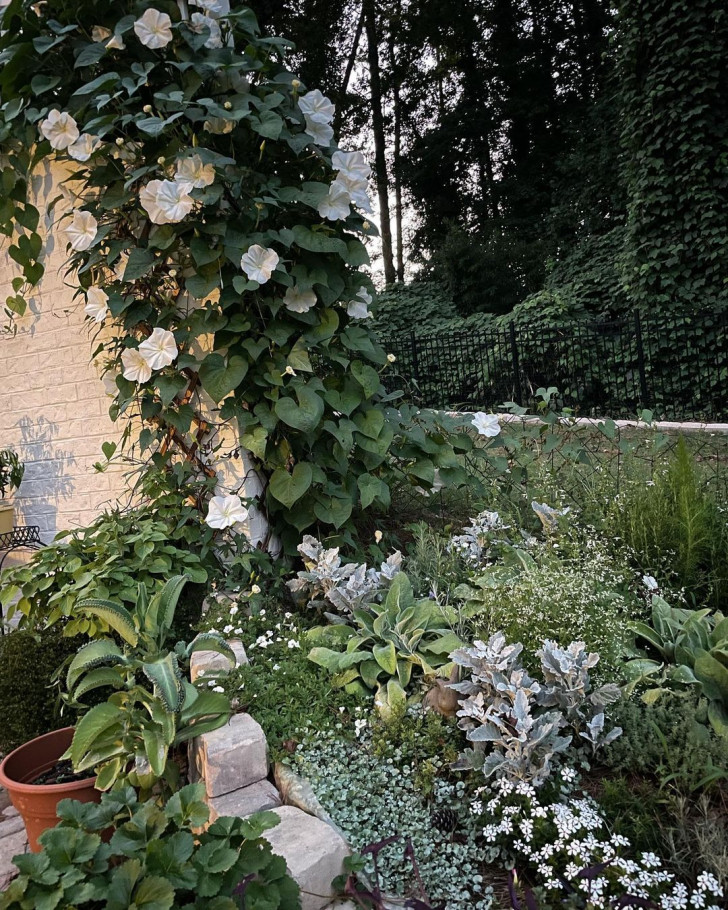
You can choose to set up just a corner of the garden as a Moon Garden. This means that even a small balcony or terrace can be set up in this way.
The important thing is to ensure the area which will become your Moon Garden project is clearly demarcated.
2. Sounds
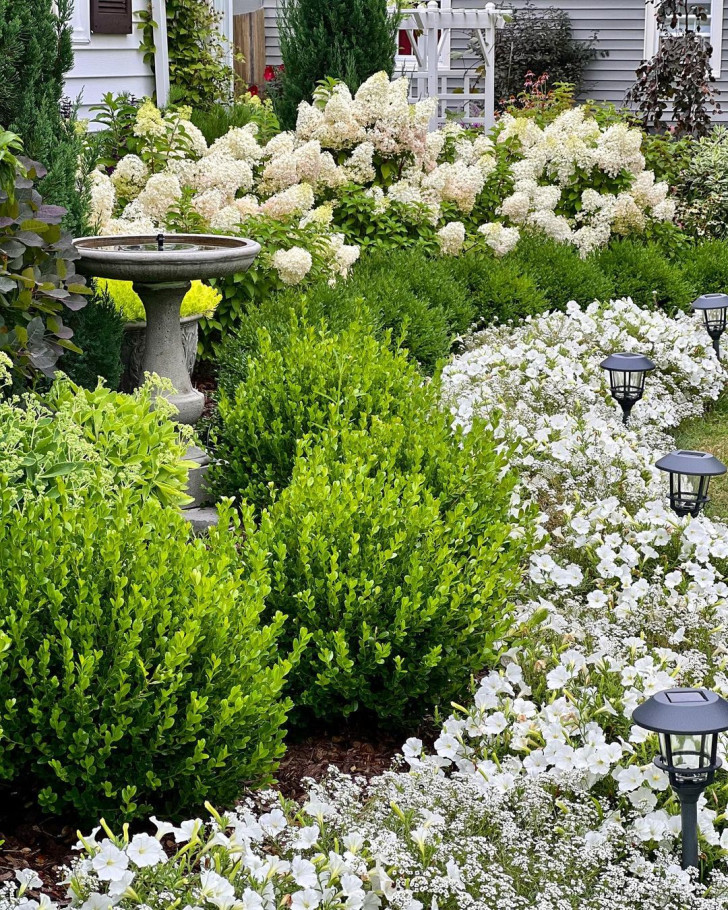
@dreamycottagegarden/Instagram
When planting plants next to each other, think about creating a bit of movement: don't plant everything at the same level, nor in the say layout. Chose plants whose fronds/stems/leaves will rustle in a light breeze (bamboo is a good example of this). The breeze/wind will then "strum" these planted, "musical instruments", creating a wonderful concerto.
3. White, fragrant flowers and silvery foliage

Obviously, plants with white flowers are more visible in the moonlight. Ideally, chose plants with white flowers that do not close at night (like hydrangeas, for example).
And intoxicating scents play an important role in a Moon Garden: gardenias, magnolias, honeysuckle, lilies of the valley, jasmine, osmanthus are just some of the plants that give off their heady scents at nighttime.
Finally, chose plants that have silvery-grey foliage: lavender, certain types of sage, brunnera, the silver fern (Athyrium Niponicum metallicum), Verbascum bombyciferum, and so on ... Similar to white flowers, the silvery-grey foliage of these plants will reflect the light of the moon in a spectacular manner!
4. Stones, gravel and water

Imagine a garden path at night made from asphalt, terracotta, concrete or porphyry (an igneous rock with large crystals in a fine-grained matrix). The fine crystals in these materials will "catch" the moonlight, making the pathways "glow" and appear to be luminescent.
And, of course, having a body of water that reflects the light of the moon is a "must-have". To this end, consider setting up a small pond, a fountain or even a birdbath.
5. Furnishings
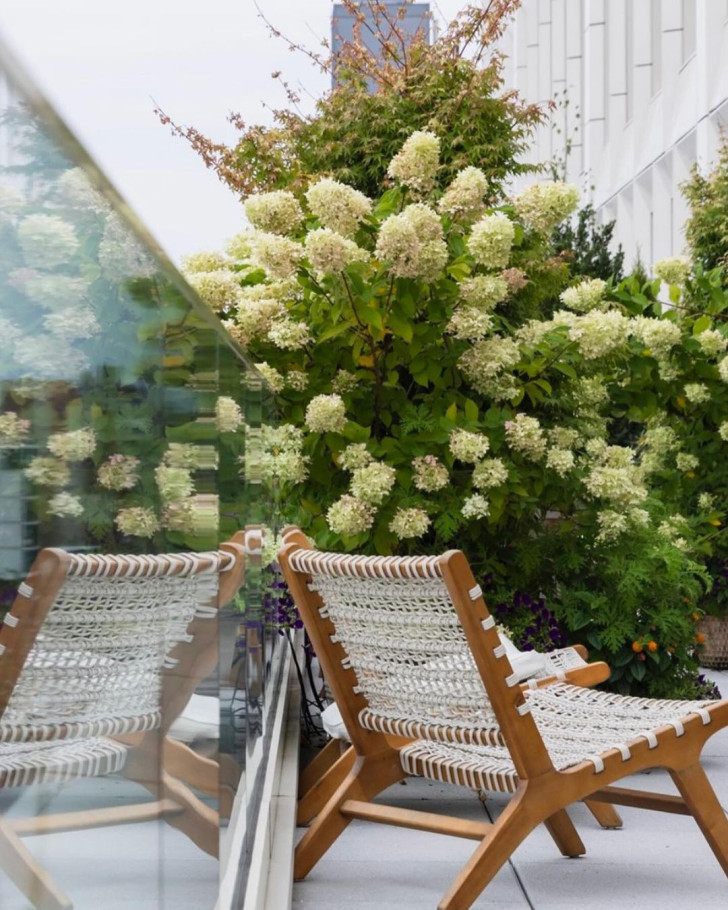
To enjoy your Moon Garden properly, you need the right furnishings and garden furniture. Whether you use chairs, armchairs, sofas or deckchairs, they should be made from a white material (or painted white) to catch the moonlight. And, in a pinch, just place white cushions on dark furnishings.
Are you ready to set up your own Moon Garden?!

